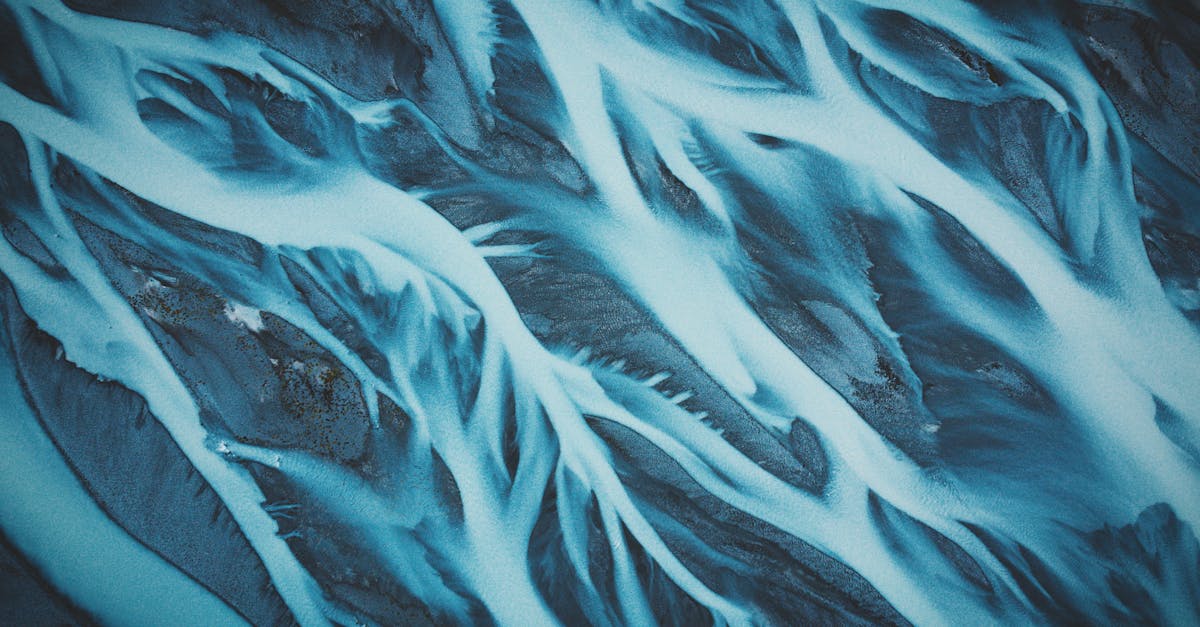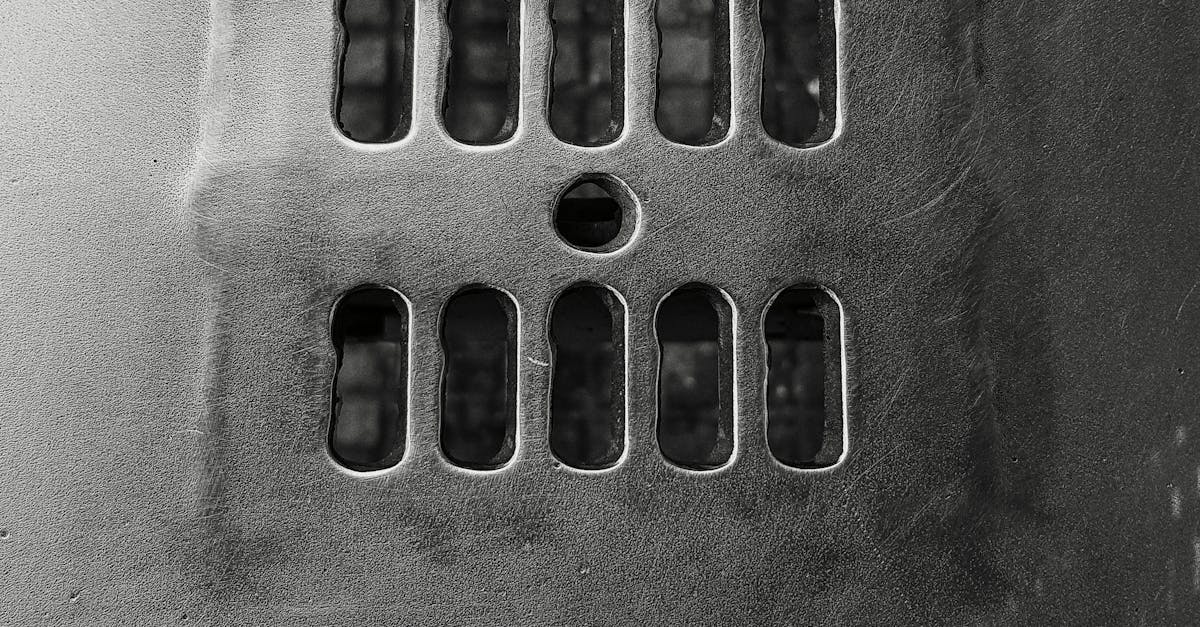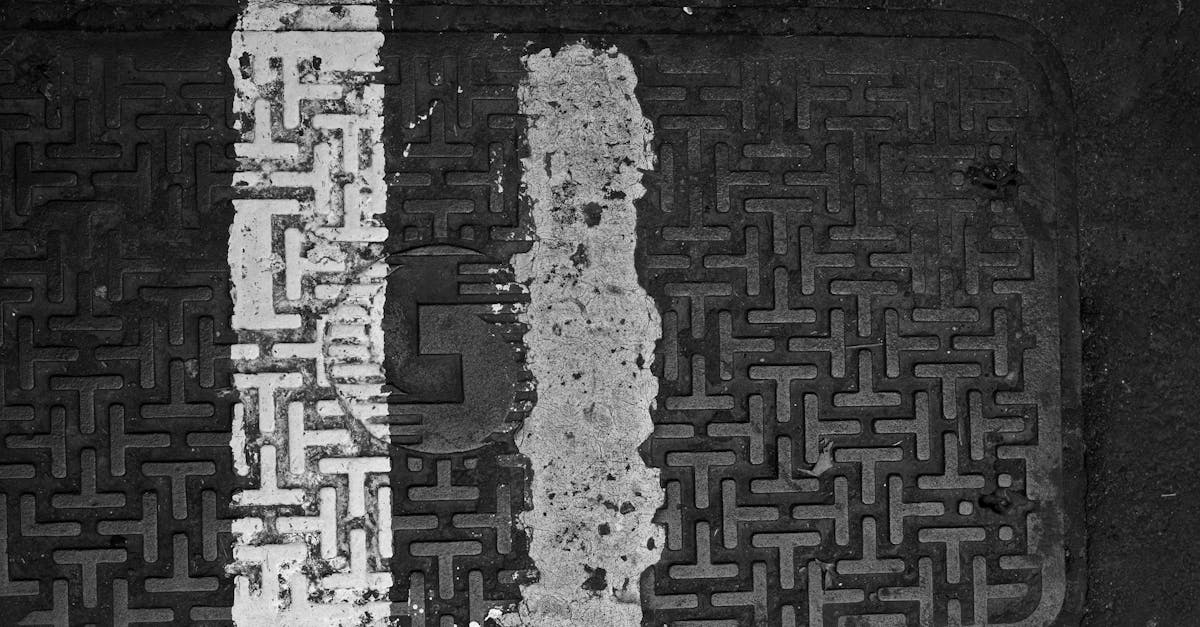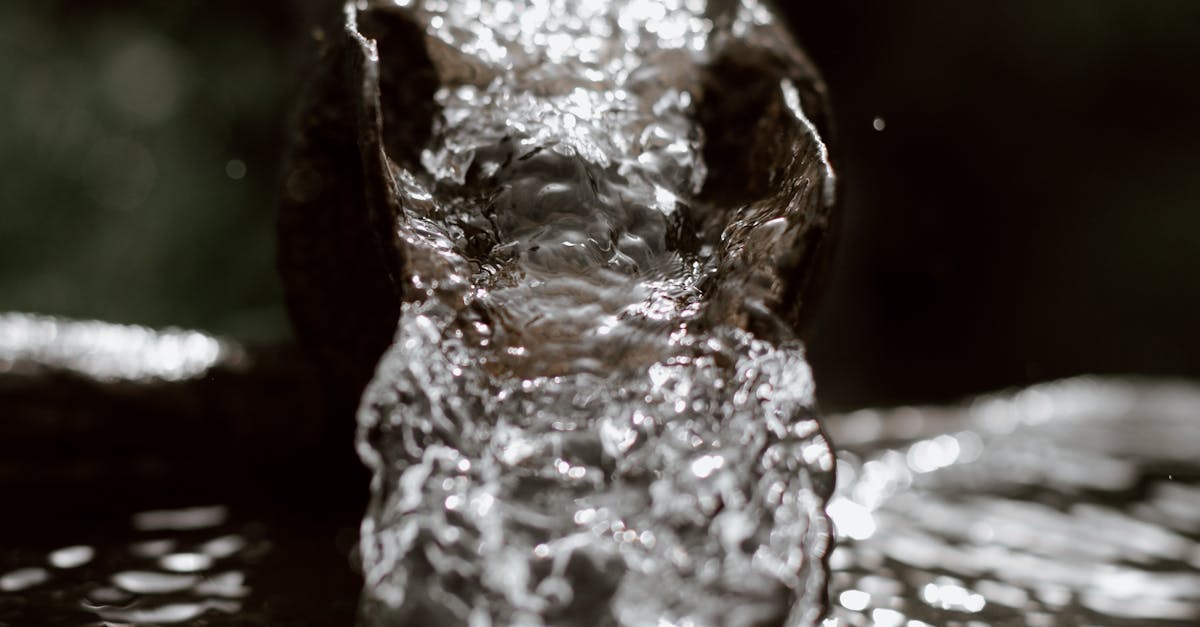
Drainage Solutions
Table Of Contents
At Brad Fordassocri, we specialize in providing effective Drainage Solutions for all your landscaping needs. Our team of professional landscape designers are experts in managing water flow on your property to prevent flooding, erosion, and other water-related issues. Whether you need a French drain, a dry well, or a swale, we have the knowledge and skills to design and install the perfect drainage system for your specific property. With our top-notch solutions, you can ensure that your landscape not only looks beautiful but functions properly as well. Trust Brad Fordassocri for all your drainage needs.
Professional Drainage Services
Professional drainage services are essential for homeowners looking to address water-related issues in their yard. Whether dealing with excess runoff, basement flooding, or erosion concerns, a well-designed drainage system can make a significant difference in the health and aesthetics of the landscape. Experts in this field can assess the specific needs of a property and recommend solutions ranging from French drains and downspout extensions to dry wells and rain gardens. By investing in professional expertise, homeowners can ensure that their drainage system is effective in managing stormwater and protecting their property from water damage.
Additionally, landscape designers experienced in drainage solutions can offer innovative techniques to channel water away from structures and towards more suitable outlets. Systems such as swales, catch basins, and sump pumps can be strategically placed to prevent flooding and water buildup in problem areas. By working with experienced professionals, homeowners can achieve a well-functioning drainage system that preserves the integrity of the landscape while effectively managing excess moisture. From rain barrels for water conservation to rain gardens for natural filtration, the options for sustainable drainage practices are varied, providing homeowners with a range of eco-friendly solutions to help manage water flow on their properties.
Sump Pump Installation and Repair
Sump pump installation and repair are crucial aspects of maintaining an efficient drainage system on your property. With Canada's unpredictable weather patterns, the risk of flooding can be a concern. Sump pumps help to manage excess water by collecting it in a sump basin and then pumping it away from your home. It is important to ensure that your sump pump is properly installed and regularly maintained to prevent water damage and flooding in your basement or lower levels of your property.
Regular inspection of your sump pump system is essential to identify any potential issues before they become large and costly problems. Sump pumps should be checked for proper functioning, including testing the pump to ensure it activates when water levels rise. Additionally, regularly cleaning the sump basin and checking for any debris that may obstruct the pump's operation is key to preventing malfunctions. By staying proactive with sump pump maintenance, you can protect your property from water damage and ensure that your drainage system operates effectively during times of heavy rainfall or snowmelt.
Sustainable Drainage Practices
Sustainable drainage practices play a crucial role in managing excess water and preserving the ecological balance of a landscape. Incorporating rain barrel systems for rainwater harvesting not only reduces stress on stormwater systems but also provides a sustainable water source for irrigation. Implementing permeable surfaces such as permeable pavers or gravel walkways helps to reduce runoff, allowing water to infiltrate the soil and replenish groundwater levels naturally.
Furthermore, utilizing native plant species like willows and chamomile in rain gardens or bio-retention areas promotes sustainability by enhancing water absorption and reducing erosion. By choosing plants that are well-adapted to the local climate, the need for supplemental watering is minimized, contributing to water conservation efforts. Additionally, integrating French drains or swales with turfgrass helps to manage water flow during heavy rains, preventing soil erosion and flooding.
Rain Barrel Implementation for Water Conservation
Rain barrels are a practical and eco-friendly solution for conserving water in residential settings. These barrels are typically placed under downspouts to collect rainwater from the roof, which can then be used for various purposes such as watering gardens, washing cars, or even flushing toilets. By harnessing rainwater in this manner, homeowners can reduce their reliance on treated water from municipal sources and lower their water bills in the process.
In addition to the cost-saving benefits, rain barrels also play a crucial role in reducing stormwater runoff, which can overwhelm storm drains and lead to flooding. By capturing rainwater that would otherwise flow into sewer systems, rain barrels help to alleviate pressure on municipal drainage infrastructure during heavy rain events. Moreover, by using collected rainwater for irrigation purposes, homeowners can lower the demand for potable water while simultaneously nourishing their gardens with a free, nutrient-rich water source.
Choosing the Right Drainage Products
When it comes to selecting the right drainage products for your landscaping needs, it's essential to consider the specific requirements of your property. Factors such as soil type, the slope of the land, and the volume of water runoff all play a crucial role in determining the most suitable products for effective drainage. For instance, in areas with heavy rainfall or clay soils that tend to retain water, a system with a higher drainage capacity might be necessary to prevent waterlogging and soil erosion.
In addition, consider the durability and maintenance requirements of the drainage products you choose. Opting for high-quality materials such as PVC piping or concrete drainage channels can ensure long-term effectiveness and reduce the need for frequent repairs or replacements. It's also important to consider the aesthetic aspects of the drainage products, especially in residential settings where visual appeal is a key factor. Integrating drainage solutions that complement your landscape design can enhance the overall look of your outdoor space while effectively managing water flow and preventing issues such as flooding or soil saturation.
Comparing Channel Drain vs. Trench Drain
When it comes to managing water runoff on your property, choosing between a channel drain and a trench drain is a significant decision. Channel drains, also known as trench drains, are both effective solutions, but they serve slightly different purposes. Channel drains are typically more visible and can be a better option for areas that experience heavy water flow, such as driveways or roads. They can effectively collect and redirect water away from impervious surfaces, reducing the risk of flooding and water damage.
On the other hand, trench drains are more discreet and can seamlessly blend into the surrounding landscape, making them an excellent choice for garden areas or patios where aesthetics are a concern. Trench drains are designed to capture water that runs off at a shallow depth, making them ideal for areas with frequent, light rainfall. Both channel drains and trench drains are scalable solutions that can be customized to fit the specific needs of your property, providing efficient water management and protection for your outdoor spaces.
FAQS
What are the benefits of installing a sump pump?
A sump pump helps in preventing basement flooding by removing water that accumulates in the sump basin, keeping your basement dry and preventing water damage.
How can sustainable drainage practices help the environment?
Sustainable drainage practices, such as rain gardens and permeable pavement, help reduce surface water runoff and pollution, replenish groundwater, and support biodiversity.
What are the advantages of using rain barrels for water conservation?
Rain barrels collect and store rainwater for later use, reducing the demand on municipal water sources, conserving water, and saving money on water bills.
How can I choose the right drainage products for my property?
Consider factors such as the type of drainage issue you are facing, the size of the area that needs drainage, the local climate, and your budget when choosing drainage products.
What are the main differences between channel drains and trench drains?
Channel drains are typically open on top and ideal for directing surface water, while trench drains are covered and suitable for high-volume water flow, like in driveways or parking lots.






